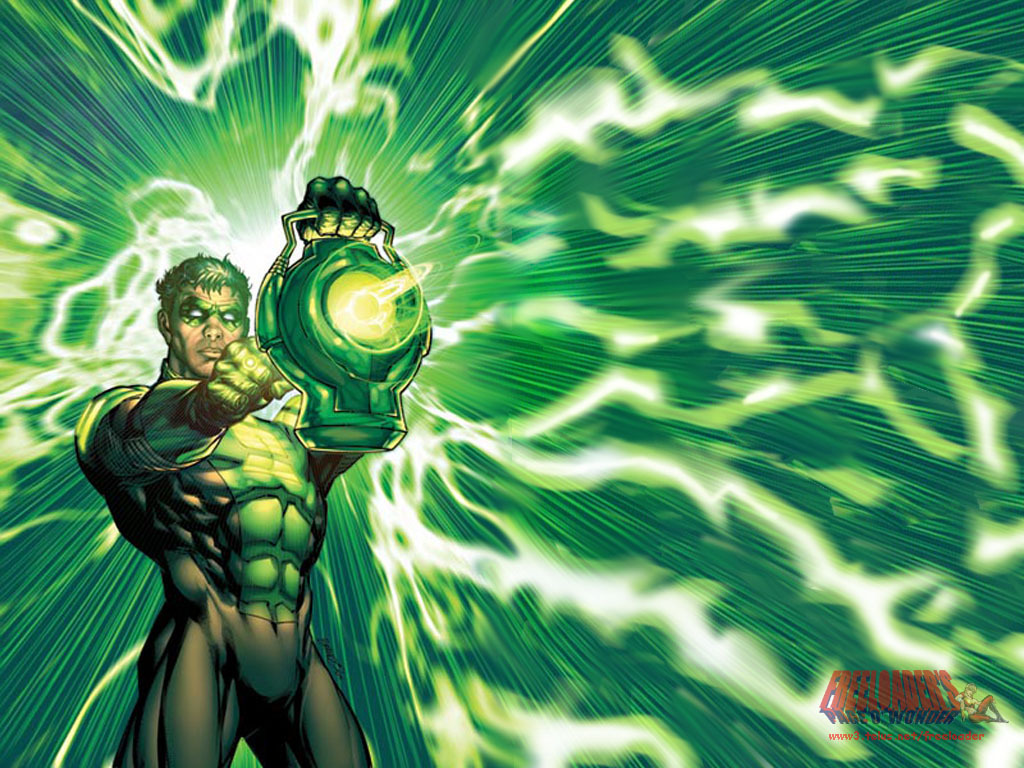Physicist: Unfortunately, “pure energy” isn’t really a thing. Whenever you hear someone talking about something or other being “turned into pure energy”, you’re listening to someone who could stand to be a little more specific about what kind of energy. And whenever you hear someone talking about something being “made of pure energy”, you’re probably listening to someone who’s mistaken.

“Pure energy” shows up a lot in fiction, and most sci-fi/fantasy fans have some notion of what it’s like, but it isn’t a thing you’ll find in reality.
Energy comes in a hell of a lot of forms, but they’re all pretty mundane. For example, when “energy is released” in an explosion (most explosions) that energy mostly takes the form of kinetic energy (things moving and heat). Light is about the closest anything comes to being pure energy, but it’s not pure energy so much as it’s one of the several kinds of energy that isn’t tied up in matter. It’s “matterless”, sure, but that doesn’t mean that electromagnetic fields (light) are any closer to being pure than, say, gravity fields (another, very different, massless form of energy). “Pure” energy: nope. Some form of energy without matter: that happens.
So, energy can change from one form into another into another into another, etc., but the question remains: what is energy? The answer to that is a little unsatisfying.
There’s this quantity, that takes a lot of forms (physical movement, electromagnetic fields, being physically high in a gravitational well, chemical potential, etc., etc.). We can measure each of them, and we know that the total value between all of the various forms stays constant, and just like every other every constant, measurable thing it gets a name; energy.
If fusion in the Sun releases energy*, then the amount released is E = (Δm)c2 (where Δm is the change in mass between the hydrogen input and helium output and c is the speed of light). If that energy travels from the Sun to the Earth as light, then each photon of that light carries E=hν (Planck’s constant times frequency), of it. If those photons then fall onto a solar panel, that light energy can be converted into electrical energy. If that electrical energy runs a motor, then the energy used is E = VIT (voltage times current times time). If that motor is used to compress a spring, then the energy stored in the spring is E=0.5kA2 (where k is a spring constant, and A is the distance it’s compressed). If that spring tosses a stone into the air, then at the top of its flight it will have converted all of that energy into gravitational potential, in the amount of E = mgh (mass of the stone times the acceleration of gravity times height). When it falls back to the ground that energy will become kinetic energy again, E=0.5mv2 (where m is the stone’s mass and v is its velocity). If that stone falls into water and stirs it up, then the water will heat up by an amount given by E = C(ΔT) (where C is the heat capacity of water, and ΔT is the change in temperature).
The “same energy” is being used at every stage of this example (assuming perfect efficiency). But there’s no “carry through” that makes it from the beginning to the end. The only thing that really stays the same is the somewhat artificial constant number that we Humans (or more precisely: Newton) call “energy”.
When you want to explain the heck out of something that’s a little abstract, it’s best to leave it to professional bongo player, and sometimes-physicist Richard Feynman:
“There is a fact, or if you wish, a law governing all natural phenomena that are known to date. There is no known exception to this law – it is exact so far as we know. The law is called the conservation of energy. It states that there is a certain quantity, which we call “energy,” that does not change in the manifold changes that nature undergoes. That is a most abstract idea, because it is a mathematical principle; it says there is a numerical quantity which does not change when something happens. It is not a description of a mechanism, or anything concrete; it is a strange fact that when we calculate some number and when we finish watching nature go through her tricks and calculate the number again, it is the same. (Something like a bishop on a red square, and after a number of moves – details unknown – it is still on some red square. It is a law of this nature.)
(…) It is important to realize that in physics today, we have no knowledge of what energy ‘is’. We do not have a picture that energy comes in little blobs of a definite amount. It is not that way. It is an abstract thing in that it does not tell us the mechanism or the reason for the various formulas.” -Dick Feynman
The Green Lantern picture is from here.
*Every time energy is released from anything, that thing ends up weighing less. It’s just that outside of nuclear reactions (either fission or fusion) the change is so small that it’s not worth mentioning.







Pingback: Q: How is matter created? Can we create new matter and would that be useful? | Ask a Mathematician / Ask a Physicist